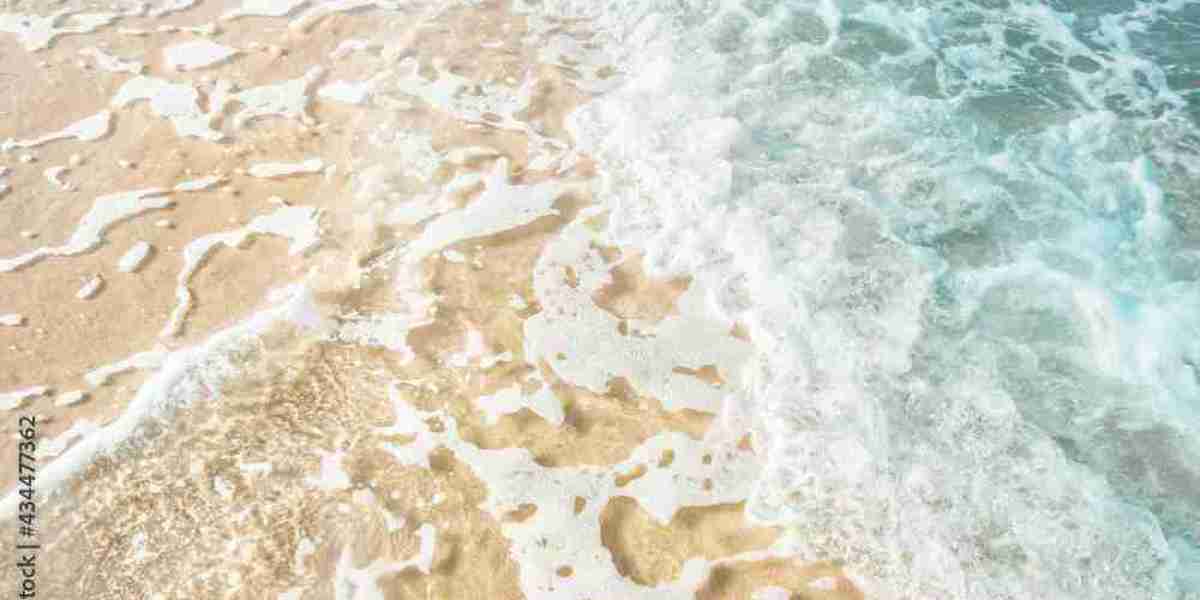Low house water pressure can make everyday tasks frustrating. From weak showers to slow-filling sinks, poor water flow disrupts your home’s comfort. And if you live in California—especially in cities like San Jose, Sacramento, Fresno, and Santa Rosa—you’re not alone. Aging infrastructure, hard water buildup, and municipal supply issues are frequent culprits.
But here’s some good news: You don’t have to replace your entire plumbing system to improve water pressure. This blog will guide you through smart, effective fixes to boost water pressure without replacing your pipes. And if you need immediate help, a 24 hour plumber in San Jose is just a call away.
Common Causes of Low House Water Pressure
Before jumping into solutions, it’s important to understand the root of the problem. Here are some of the most common causes:
1. Clogged Aerators and Showerheads
Mineral buildup and debris can restrict water flow at the fixture level. This is especially common in Fresno and Bakersfield, where hard water is a major issue.
2. Partially Closed Shut-Off Valves
Sometimes, the solution is as simple as opening a valve fully. Check both the main and local shut-off valves.
3. Faulty Pressure Regulators
A malfunctioning regulator can keep your system from reaching proper water pressure.
4. Leaks in the System
Even small leaks reduce pressure. If your home has hidden pipe damage or slow leaks, water is escaping before reaching your taps.
5. Municipal Supply Problems
In cities like San Jose or Sacramento, public water systems may deliver water at a lower pressure, affecting homes across a neighborhood.
How to Boost Water Pressure Without Pipe Replacement
1. Clean Faucets and Showerheads
How it helps:
Removing debris and mineral buildup restores water flow right at the source.
Steps:
Unscrew the aerator or showerhead.
Soak it in vinegar for 30 minutes.
Scrub away residue and reinstall.
Ideal for:
Quick fixes in homes around Santa Rosa, where hard water buildup is common.
2. Adjust or Replace the Pressure Regulator
How it helps:
The pressure regulator controls how much water flows into your home. Over time, it may wear out or need adjustment.
Steps:
Locate the regulator near the main shut-off valve.
Use a wrench to increase pressure slightly.
If adjusting doesn’t help, replace the unit.
Warning:
Only adjust if you’re comfortable with plumbing tools. Otherwise, call a 24 hour plumber in San Jose for help.
3. Check for Leaks and Fix Them
How it helps:
Leaks waste water and reduce pressure throughout the home. Fixing them restores normal flow.
Steps:
Look for damp spots under sinks, behind toilets, or near pipe joints.
Check your water meter before and after a two-hour period with no water use.
If it changes, you likely have a leak.
Need help?
A plumber can do a leak detection test using advanced equipment.
4. Flush Your Plumbing System
How it helps:
Sediment and air pockets inside pipes can reduce pressure. Flushing clears out these obstructions.
Steps:
Turn off the main water valve.
Open all faucets from top to bottom.
Turn the main valve back on and let the system flush.
Tip:
Do this once a year to keep your pipes flowing freely.
5. Install a Water Pressure Booster Pump
How it helps:
If your municipal supply is consistently weak, a booster pump can amplify the incoming pressure.
Where to install:
Near the main water line or water meter.
Cost:
$300–$1,000 depending on capacity and installation complexity.
Works best in:
Cities like Sacramento and Fresno, where community-wide water pressure is often low.
6. Remove Flow Restrictors
What they are:
Low-flow devices added to conserve water.
How to remove:
Check faucets and showerheads for rubber or plastic restrictors.
Remove with tweezers or pliers and test pressure again.
Note:
Removing restrictors may increase water usage, so weigh the pros and cons.
California Cities Where Low Water Pressure Is Common
Low house water pressure is reported more frequently in certain California cities due to older infrastructure, sediment issues, and hard water:
San Jose: Many homes face aging pipe systems and faulty regulators.
Fresno: Known for hard water and sediment buildup.
Sacramento: Pressure drops from municipal supply changes are common.
Santa Rosa: Private well users often face low pressure and clogged lines.
Modesto: Corroded pipes in older neighborhoods are widespread.
If you live in these areas and the basic solutions aren’t enough, it’s time to contact a 24 hour plumber in San Jose or your local area.
Prevent Low Water Pressure in the Future
Once you've improved your water pressure, take steps to maintain it:
1. Install a Water Softener
Softening hard water prevents future scale buildup in pipes.
2. Inspect Your System Annually
Routine inspections catch problems early before they worsen.
3. Flush Pipes Regularly
Clear sediment and air from your lines by flushing at least once a year.
4. Upgrade Fixtures
Modern high-efficiency showerheads and faucets can offer strong flow while using less water.
When to Call a 24 Hour Plumber in San Jose
Sometimes DIY efforts aren’t enough. If you’ve tried everything and still have low water pressure, it’s time for professional help. Call a 24 hour plumber San Jose if:
Pressure suddenly drops throughout your home
You suspect an underground leak
Water trickles despite flushing and cleaning
Your pressure regulator is malfunctioning
You're unsure how to safely boost pressure
An expert plumber can diagnose your system using specialized tools like pressure gauges, thermal cameras, and pipe cameras. They can also make safe adjustments or recommend long-term solutions like booster pumps or partial repiping (only if needed).
Final Thoughts
Low house water pressure doesn’t always mean expensive repairs. With the right steps, you can restore strong, steady water flow without replacing your pipes. Simple solutions like cleaning fixtures, flushing your system, or adjusting your pressure regulator often solve the problem.





